Thieu Tri Tomb (the resting place of King Thieu Tri - the third king of the Nguyen Dynasty) is located in Cu Chanh village, Thuy Bang ward, Huong Thuy town, about 8km from Hue citadel. The tomb is the only tomb facing northwest, a direction not used in palace and mausoleum architecture during the Nguyen Dynasty...
Where is King Thieu Tri's tomb located?
Thieu Tri Tomb, also known as Xuong Lang, is one of the famous tombs in Hue, a relic in the Hue ancient capital relic complex recognized by UNESCO as a world cultural heritage on December 11, 1993. Xuong Lang is the resting place of King Thieu Tri - the third king of the Nguyen Dynasty.
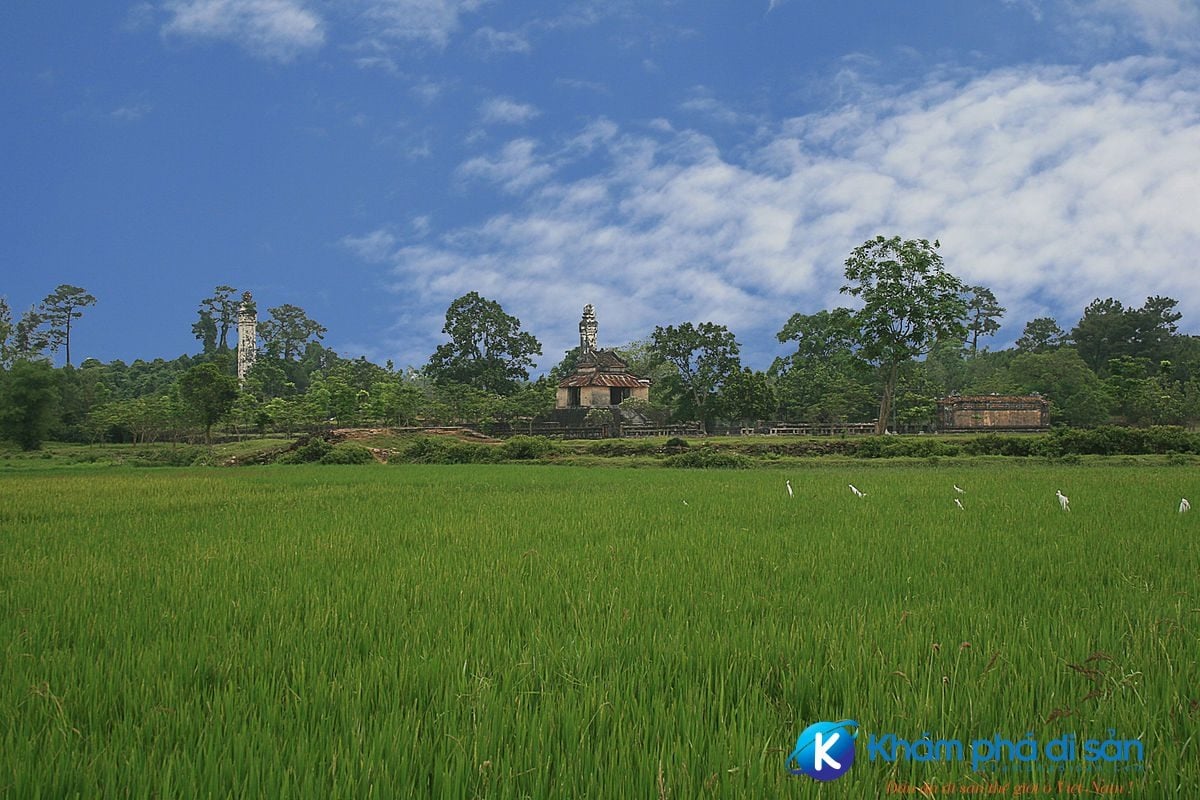
Xuong Lang - the tomb of King Thieu Tri - the third king of the Nguyen Dynasty, is located in Cu Chanh village, Thuy Bang ward, Huong Thuy town, about 8km from Hue citadel. King Thieu Tri was the eldest son of King Minh Mang. Photo: S.
Thieu Tri Tomb is located in Cu Chanh village, Thuy Bang commune, Huong Thuy district, Thua Thien Hue province, about 8km from Hue citadel (now Cu Chanh village, Thuy Bang ward, Huong Thuy town, Hue city).
Xuong Lang is the only mausoleum facing northwest, a direction not used in palace and mausoleum architecture during the Nguyen Dynasty. The mausoleum is surrounded by rice fields and green gardens.
History of the construction of Xuong Lang
King Thieu Tri's real name was Nguyen Phuc Mien Tong, the eldest son of King Minh Mang. After 7 years on the throne, King Thieu Tri fell ill and passed away on November 4, 1847, at the age of 47.
During his lifetime, King Thieu Tri did not think about building a mausoleum for himself, so when King Thieu Tri passed away, his body was kept in Long An Palace, Bao Dinh Palace for 8 months.
King Tu Duc (son of King Thieu Tri) ascended the throne and proceeded to build a tomb for his father.
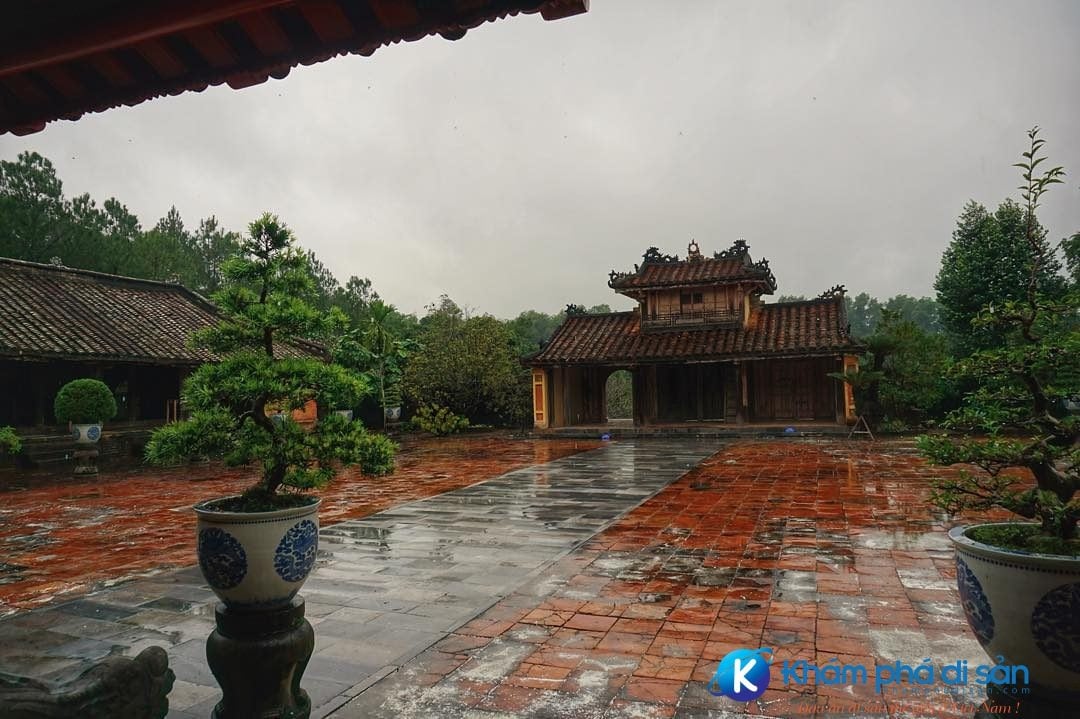
Photo: xaaaaaav.
On November 2, 1848, Xuong Lang began construction. The mausoleum was built according to the wishes of King Thieu Tri before he passed away.
By March 1848, the Toai Dao (tunnel to carry the king's coffin to the tomb) was completed. In May 1848, the main architectural works of the tomb were completed.
On June 14, 1848, King Tu Duc personally went to Xuong Lang to inspect the construction for the last time. Ten days later, King Thieu Tri's body was brought into the mausoleum for burial after 8 months of lying in state in the capital.
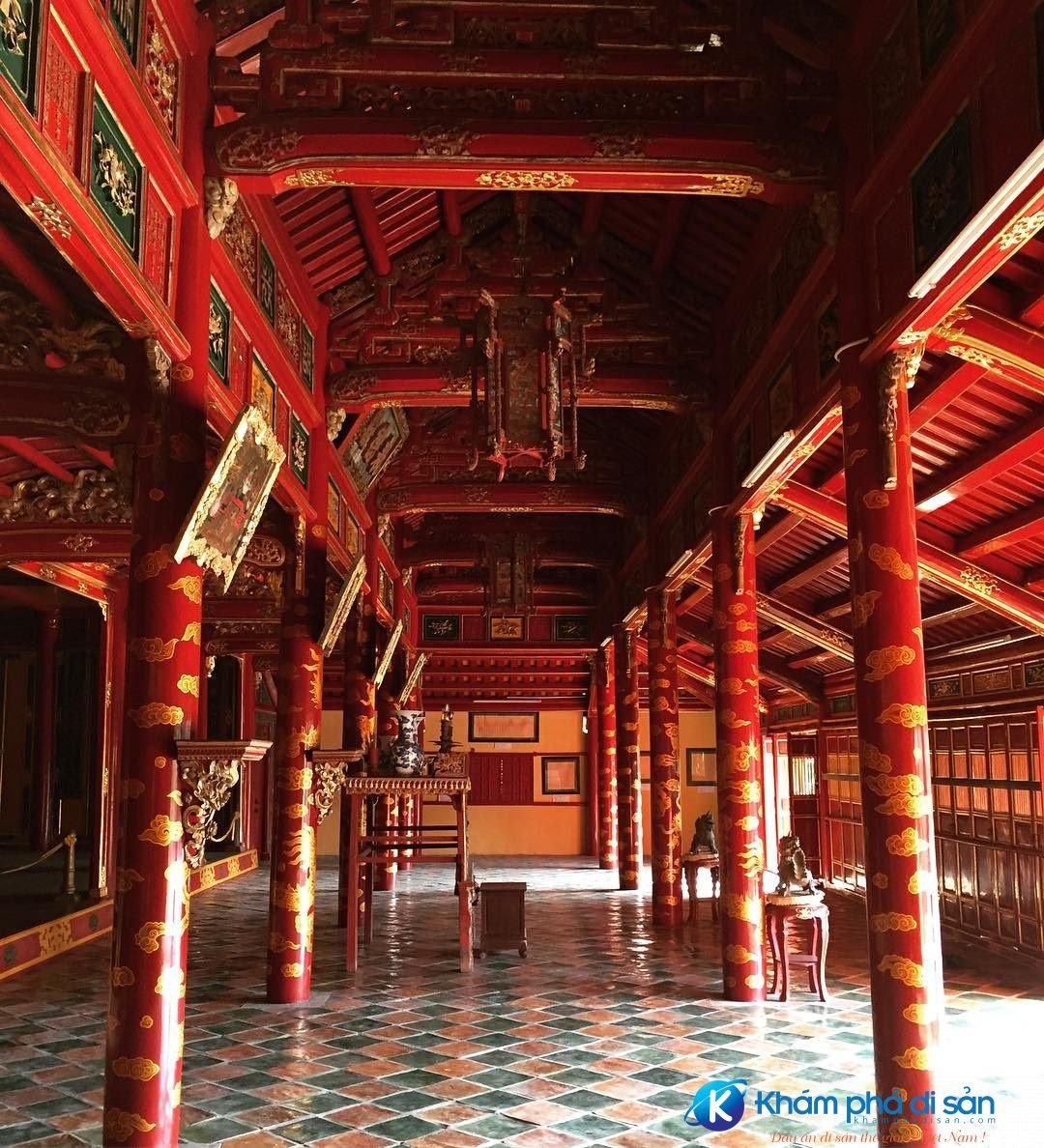
Photo: mr.kenn0910
The stele “Thanh Duc Than Cong” with an inscription of more than 2,500 words written by King Tu Duc about the life and achievements of his father was erected in November 1848. King Thieu Tri’s tomb was built in less than 10 months.
In March 2006, the Ministry of Culture and Information decided to restore and embellish Xuong Lang, with a total investment of more than 106 billion VND.
Architecture of King Thieu Tri's Tomb
The overall architecture of Thieu Tri mausoleum includes two main areas: Tomb and Tomb. The mausoleum is located on the right, in front is Nhuan Trach lake connecting to Dien lake.
Behind the lake is the screen, then the bronze Nghi Mon in the shape of a dragon playing with clouds leading to Bai Dinh. On both sides of the courtyard are two rows of stone statues, typical of the art of sculpture in the first half of the 19th century in Hue.
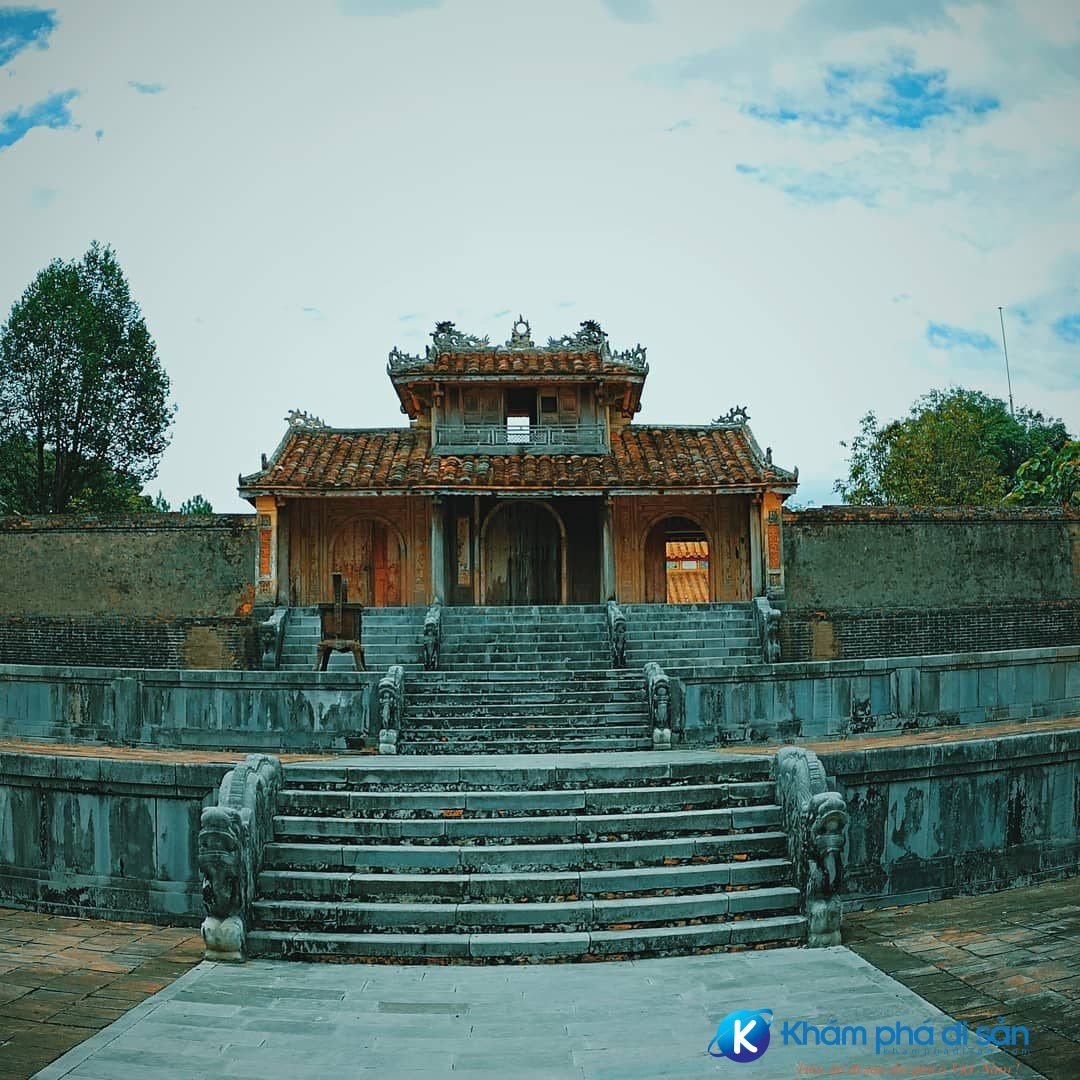
Photo: jenniferraezer.
Next is Bi Dinh and Duc Hinh Tower located on a hill shaped like a turtle shell. Bi Dinh, also known as Phuong Dinh, has a stele engraved with 2,500 words written by King Tu Duc about his father.
Ngung Thuy Lake consists of 3 bridges: Chanh Trung Bridge in the middle, on the right is Dong Hoa Bridge, on the left is Tay Dinh Bridge, to the center level leading to Buu Thanh, where the body of King Thieu Tri is kept.
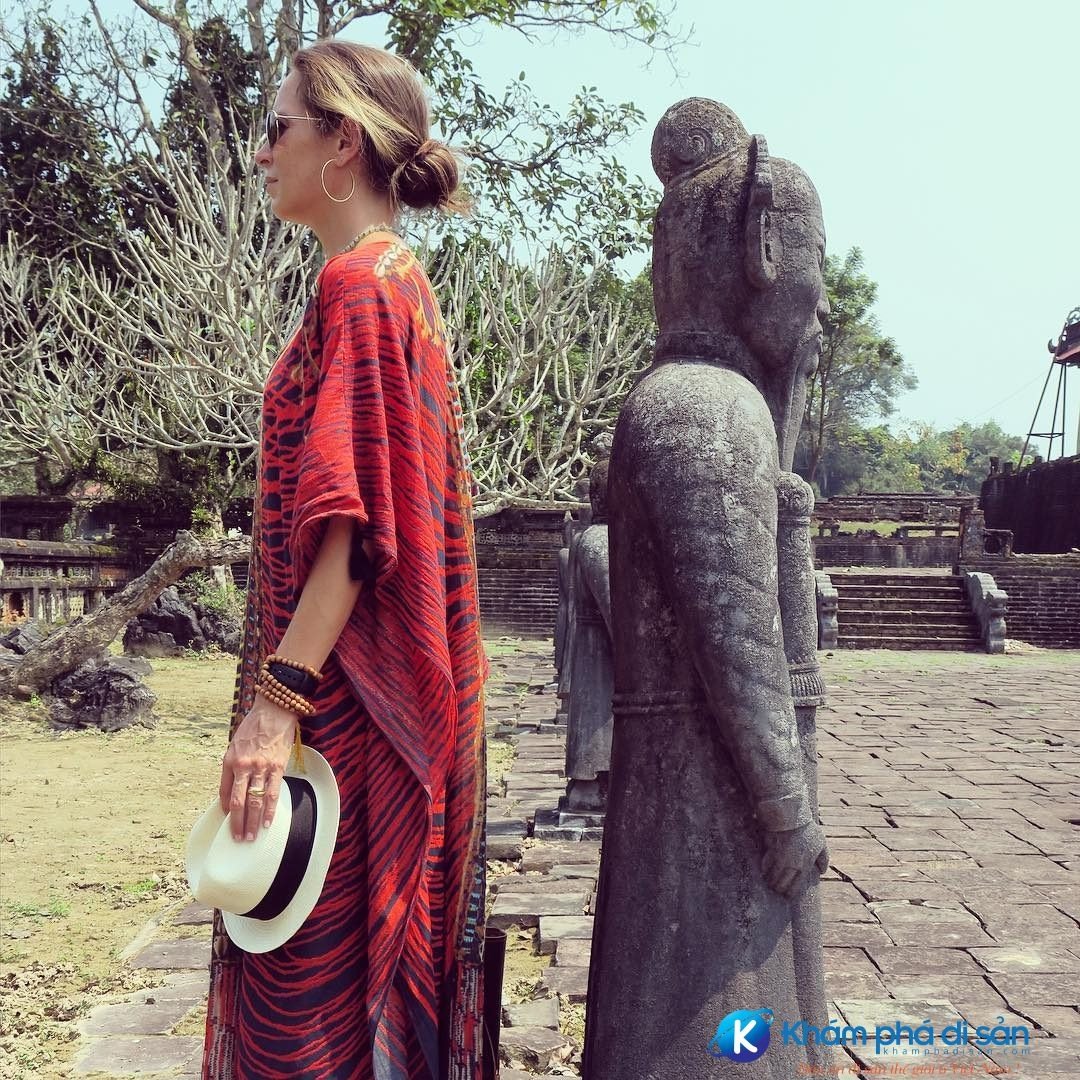
Photo: tmtgon
The shrine or shrine is built separately, 100m to the left of Duc Hinh Tower. Nghi Mon is built of marble, go through Nghi Mon, climb 3 steps through Hong Trach Mon to reach Buu Duc Palace.
The place to worship the tablets of King Thieu Tri and Queen Nghi Thien Chuong (Tu Du). In the main hall, on the Hong Trach altar and the roof, there are over 450 engraved panels with poems of literary and educational value.
In addition, the solemnity of the main hall is also enhanced by the auxiliary works such as Ta Huu Phoi Dien (in front) and Ta Huu Tung Vien (in back).
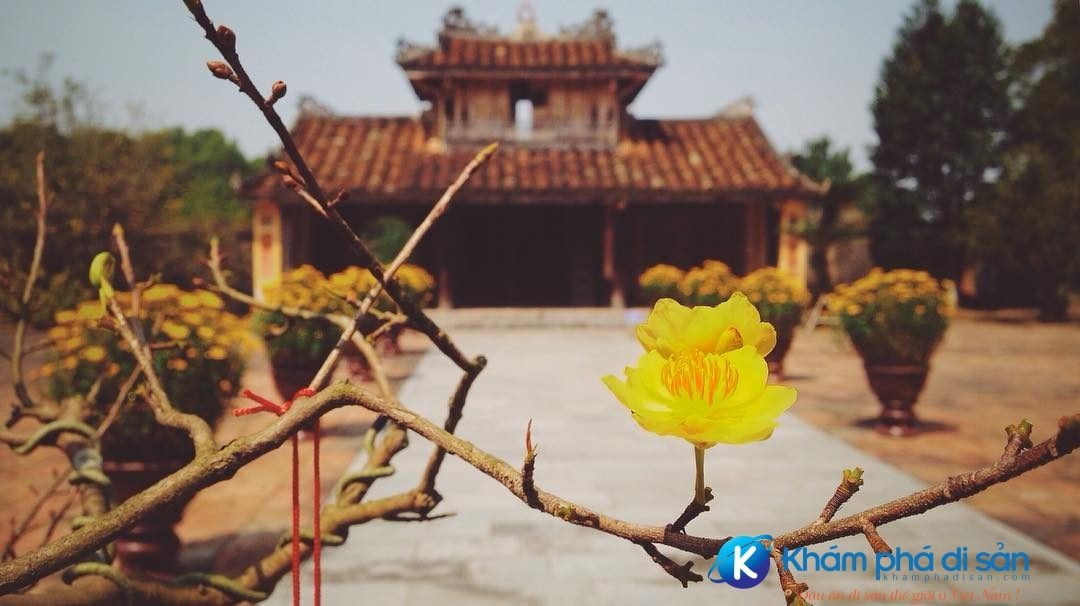
Photo: ST
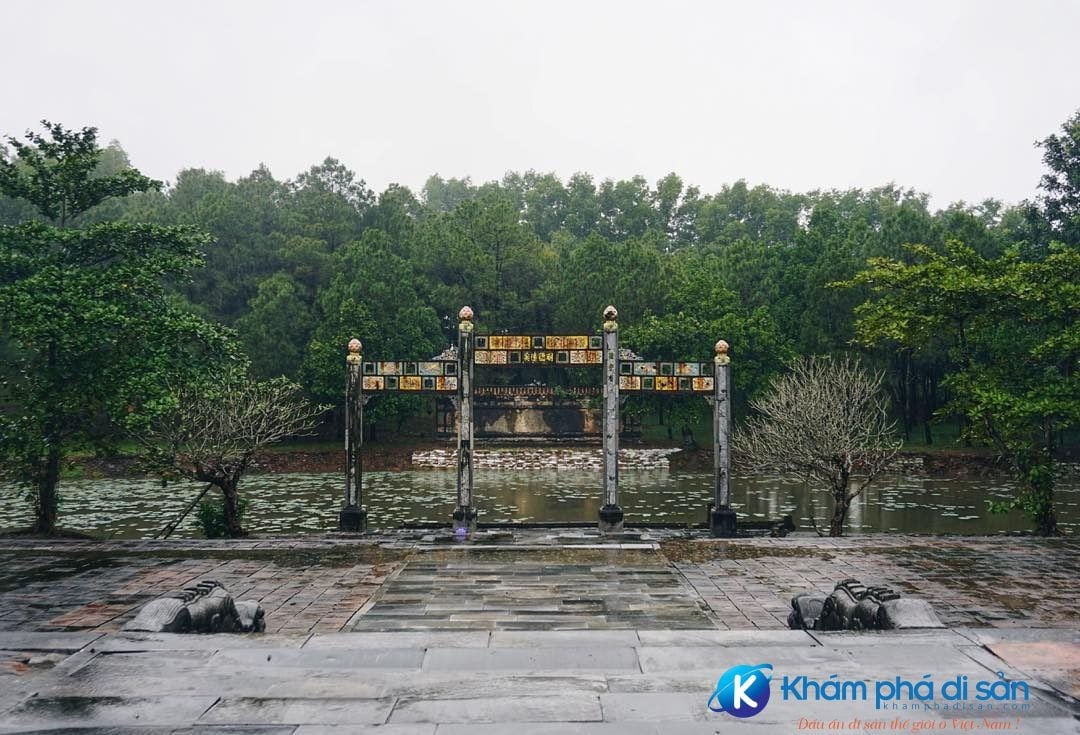
Coming to Xuong Lang - the tomb of King Thieu Tri of the Nguyen Dynasty in Hue, you will feel the peaceful natural landscape, explore historical relics, ancient works, and visit famous relics in this dreamy land of Hue!
Source: https://danviet.vn/lang-mo-thieu-tri-vua-thu-3-nha-nguyen-cach-kinh-thanh-hue-8km-sao-lai-quay-huong-tay-bac-20250220150545343.htm











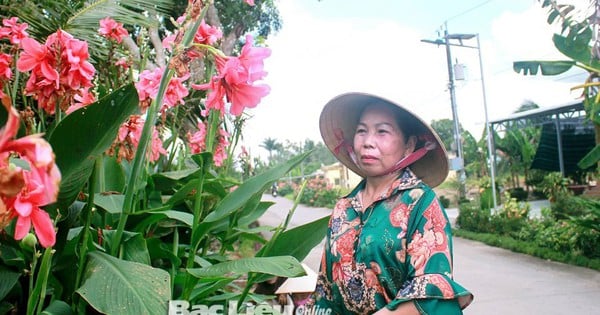
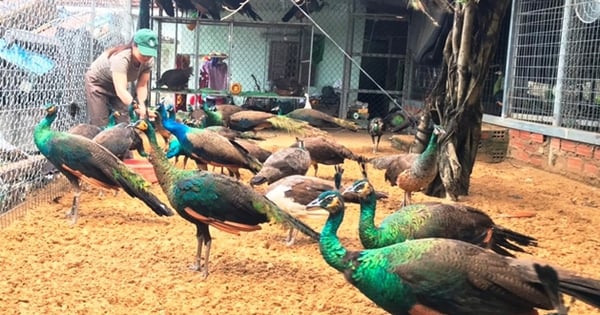










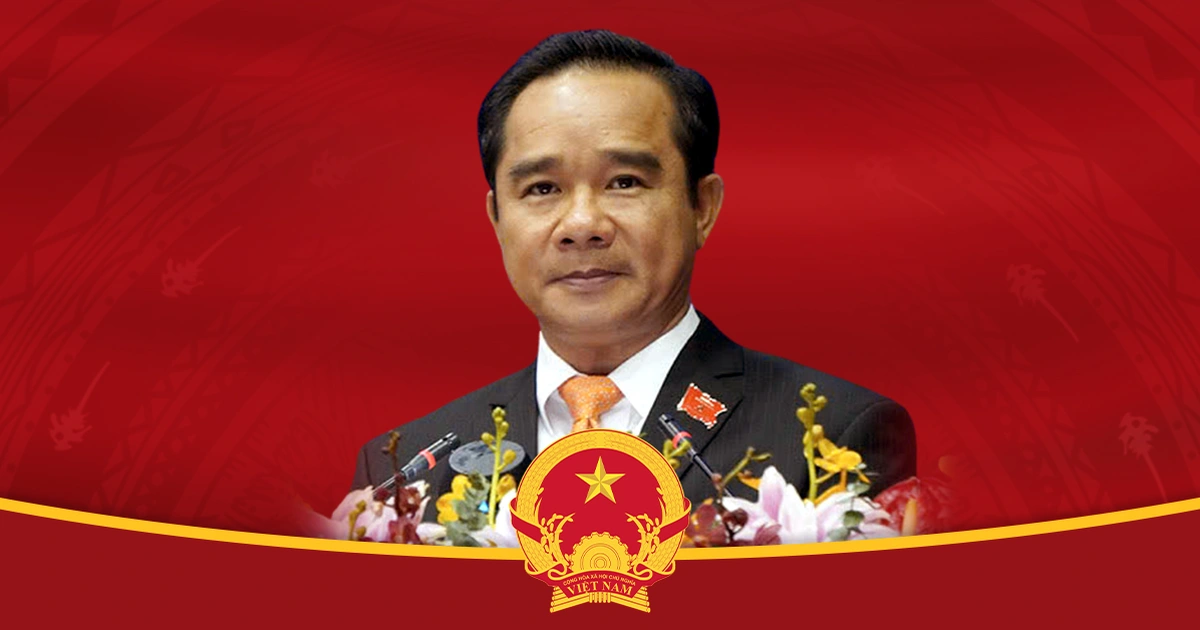



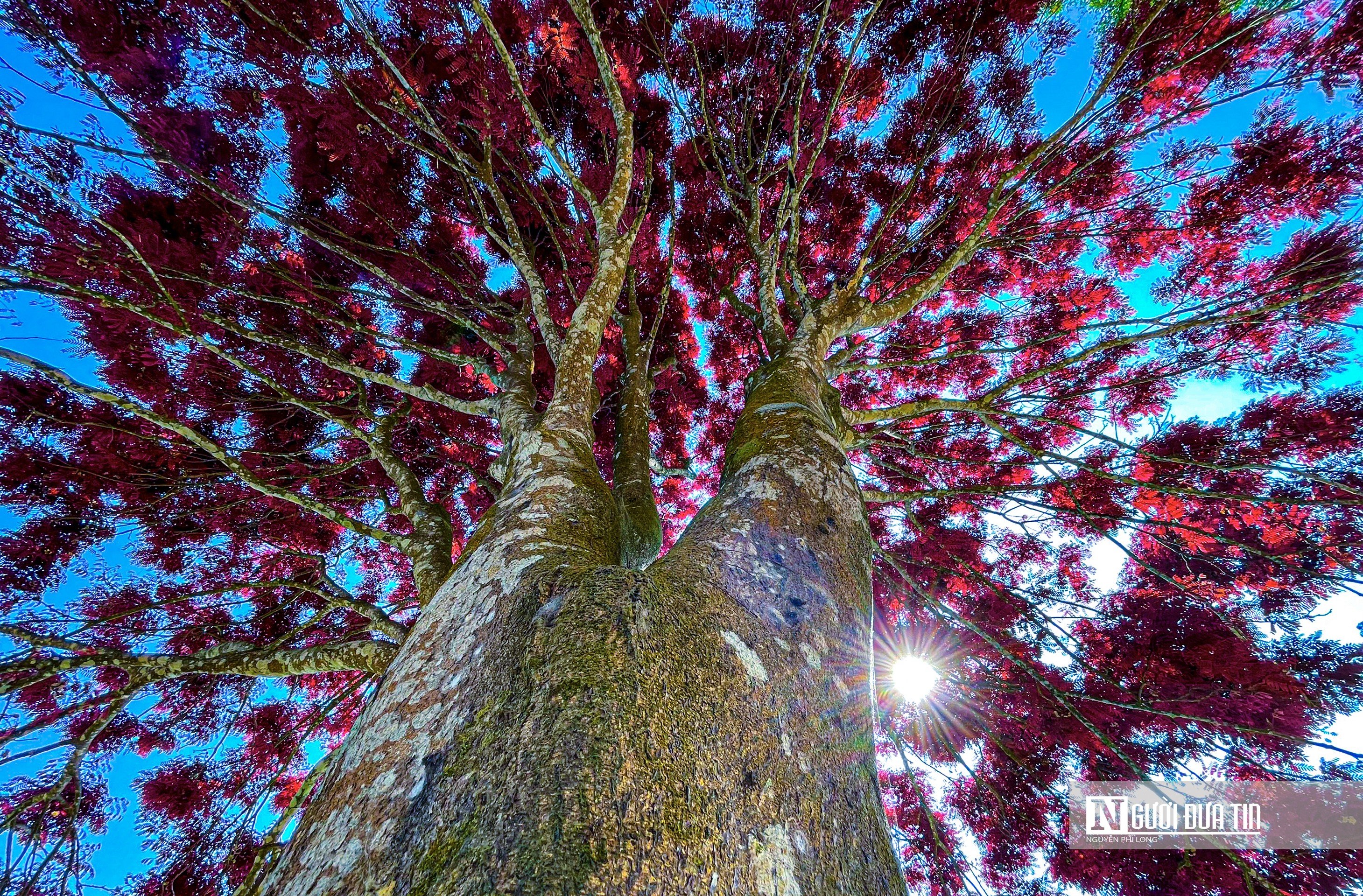
Comment (0)